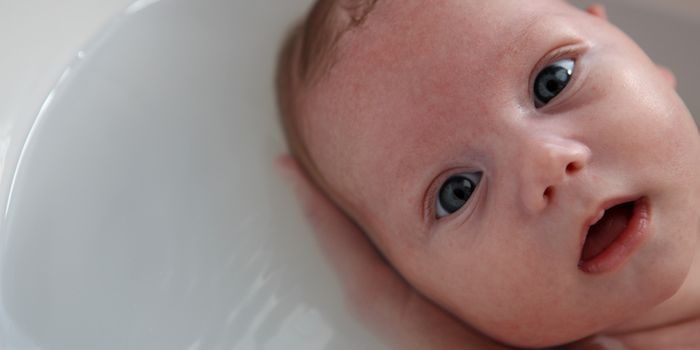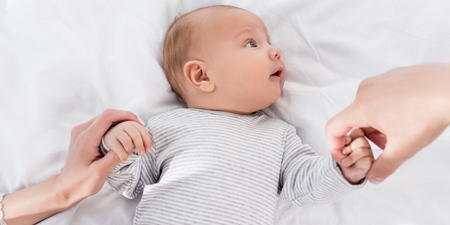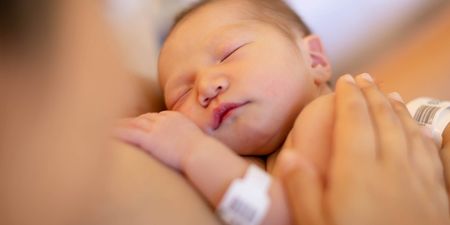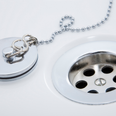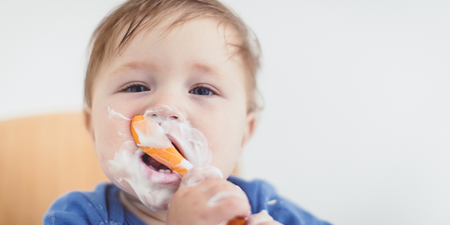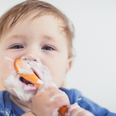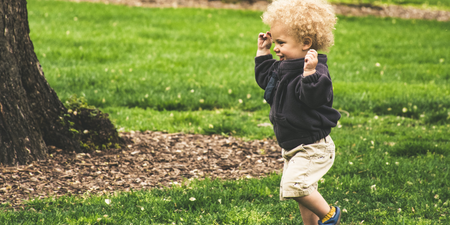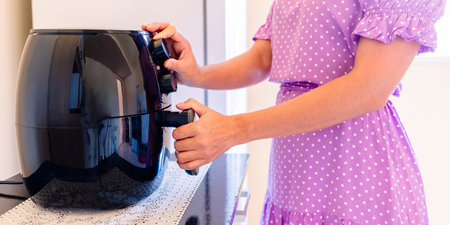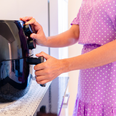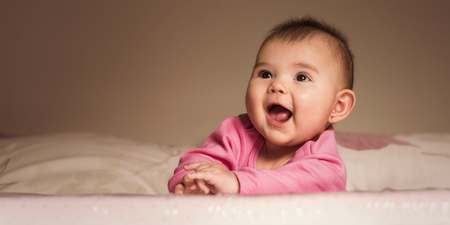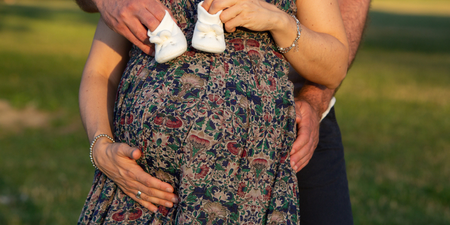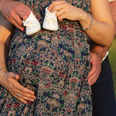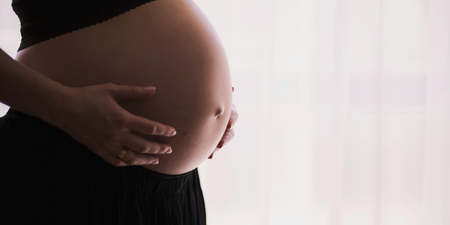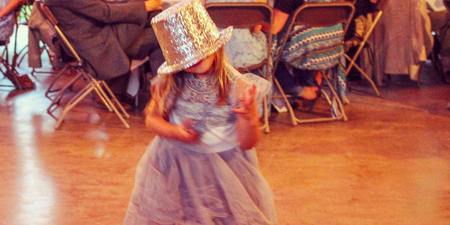A newborn’s skin is sensitive and tender, and looking after it can be a daunting prospect.
My first-born was covered in milia – erythema toxicum – a common newborn rash that results in little white bumps on the nose and face. He also had cradle cap, and as a first-time mum I was at a loss as to what to do. After I finished freaking out, it transpired the answer was to do nothing and wait it out.
Once babies are washed or bathed for the first time, they lose the natural protection that covers their skin in-utero. Using products with a neutral pH, avoiding sun exposure, cotton clothes and avoiding friction with skin folds are just some of the measures you can take to protect your newborn’s delicate skin.
1. Nature’s defence
Babies are born covered in a fatty substance called vernix (vernix caseosa to give it its full name), which has many functions, including protecting newborns from dehydration and infections. For this reason, it is beneficial to keep as much of this natural balm on your baby’s skin in the first few days after birth. Although there are differing opinions on when babies should be bathed for the first time, try to resist the urge to give baba his or her first bath too soon. Vernix will wear away of its own accord and doesn’t need to be washed off.
2. Cradle cap
Cradle cap (infantile seborrheic dermatitis) is a benign condition common in newborns and infants less than three months old. Its appearance can vary from flaky, dandruff-type dry skin to thick, oily, yellow or brown scaling or crusty patches. It usually goes away by itself and doesn’t require any specific treatment. However, if the scales are more substantial or tightly attached to the scalp, there are substances available that can be used to soften it. Your doctor may recommend the use of topical corticosteroids, which are anti-inflammatory, or keratolytics (often used to treat dandruff) to help eliminate the crusty stuff.
3. Nappy rash
Nappy rash is the result of pee and poop irritating babies’ delicate skin. Changing nappies frequently and exposing their bum to the air for periods of time will help to prevent this painful rash. Apply a silica-based protective cream to the affected area several times a day and avoid over-washing your little one as this can dry out the skin. Some nappy rashes are more severe and can be caused by a bacterial infection – see a doctor if you’re in any way concerned.
4. Keep it simple
As a general rule, avoid highly perfumed creams or scented products and keep bathing to once a week. If your baba’s skin is dry, try to use creams or lotions only on dry skin areas. Keep your little one’s clothing soft, breathable, and preferably cotton.
